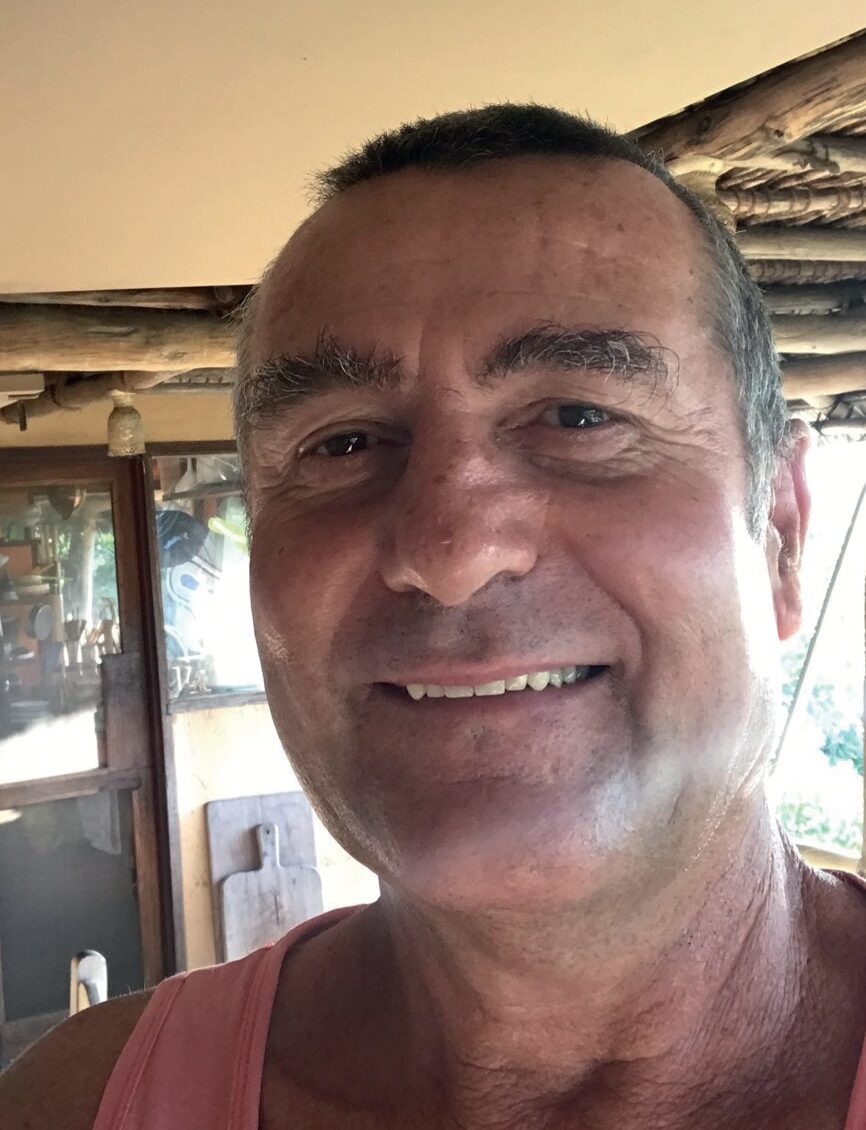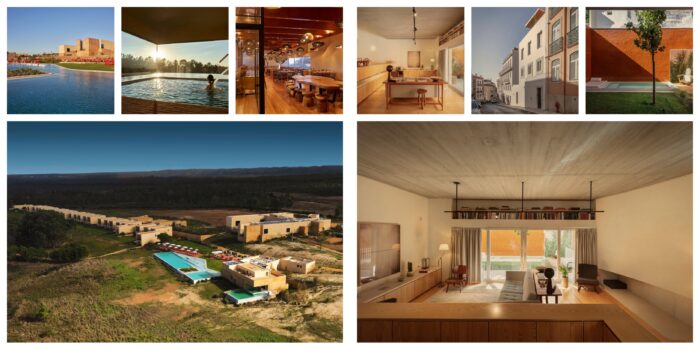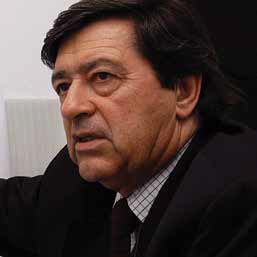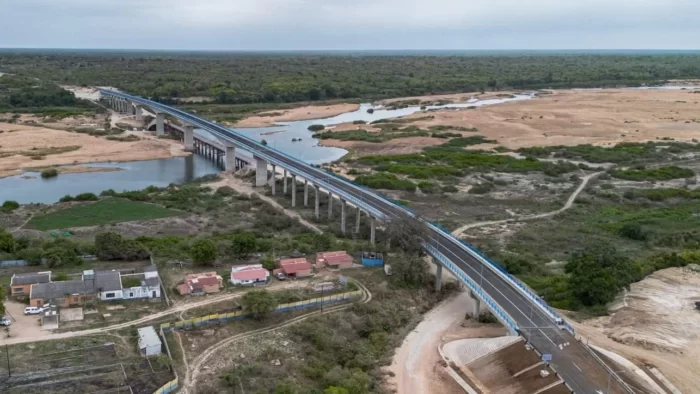A conversation with Arch. Yorick Houdayer

A conversation with Arch. Yorick Houdayer
‘The children at Fortaleza beach called me "Amigo Manholiho", a friend who rewards. I kept this name until today, forcing myself to respect the moral contract embed in the name’
Tell us a little about your journey before going to Mozambique.
I was born in 1955 on a small island, Tatihou, located in the English Channel in Normandy. In 1968 my parents bought an old ruined farm in Brittany, which we rehabilitated for five years. So I learned to like all the arts of construction with my father. After my military service, I went to study architecture in Rouen, earning as a drawing assistant professor highschools. Shortly afterward I took a six-month trip to West Africa, on foot, with a backpack and poor savings. I was delighted by the experience and the extraordinary beauty and dignity of the peoples of Sahel and, in 89, I traveled with Marie for a year, from Morocco to Tanzania, in a Peugeot 504, the “lion of Africa”. On my return to France, I worked as an architect, but with the dream of returning to Africa.
You have arrived at Mozambique Island in 1995, in response to a job offer from the Arquitetos Sem Fronteiras Association. What motivated you?
My first job was to rehabilitate health centers destroyed by the civil war in Quelimane Province, and then in Maputo Province, with Doctors Without Borders from Belgium and Spain. I started to become known in this environment and the French NGO Hospital sans Frontières, sent me to the Island to repair the Hospital’s roofs and soon after those of the Governor’s Palace, the current Museum of the Mozambique Island. These works were to take eight months. I ended up staying for 25 years. I met Nina. It motivated me to feel the rupture with my roots and to dive into a totally unknown country, as well as to learn another language.
At your arrival, you found houses without maintenance and the history of Portuguese colonization disappearing. What did you think?
I was clearly divided. First, I had the need to earn a living by restoring the World Heritage Site inherited from Portuguese colonialism. In contrast, I had a passion for local constructions, where restoration workers lived. I learned from Macuas builders how to build with vernacular techniques and local materials and today I live close to them, in the Maringwe neighborhood, in the fishing village of Jembesse, in a hut built in a personal way.
The island, like almost all of Africa, lives at a different pace. What are the main difficulties?
I think that, when it comes to works related to restoration, there is an obligation to teach, not only the construction techniques of a culture far from that of the workers, but also the fact of promoting values, such as the permanence of historical value. These concepts are diametrically opposed to the ephemeral, sustainable, light and reproducible character of traditional rural vernacular constructions, although today there is an inescapable progression in the abandonment of these techniques. The stilt houses were overtaken by cement houses, covered with metal sheets, with no transition time and, due to demographic growth, modern solutions have become precarious constructions, now markers of poverty. I’ve built my own house using mixed techniques, traditional local and conventional Europeans, to optimize and adapt the qualities of each one, in an attempt to achieve the missing link between the two types of techniques. It was a laboratory and an adventure.
I read that I was known as “Manholiho” for paying almost normal wages …
That name was given to me by the children, in 96, on Fortaleza beach, while looking for glass beads in the sand. They searched with me and offered me what they got. I thanked them with tori-tori, a sweet made with roasted peanuts and sugar. The next day they called me Amigo Manholiho, a friend who rewards. I kept this name until today, forcing myself to respect the moral contract embed in the name. I earn more money than most of the local population and redistributing, in this case, is a must. The kids on the beach taught me that.
What projects have you done recently or are undergoing?
I restored, in the last five years, with my colleague Mohammad Cássimo, Dulinho, a young architect from the Island, the old Quarantine, the Customs and three semi-detached family houses. At this moment, we are waiting for the continuation of the work on the Hospital, which was designed and started and which the economic crisis has temporarily halted, but which does not justify abandonment, I hope.
To what extent has BETAR contributed to overcoming the challenges you face?
It was a necessity because we don’t have engineers of this level locally, unfortunately. BETAR’s engineers worked mainly with my colleagues José Forjaz and Victor Tomas, in Maputo, responsible for the rehabilitation project of Hospital da Ilha. What I can say is that BETAR’s professionalism responds to the requirements of European standards, while the conditions of implementation are entirely local. This confrontation helped to select or adapt the solutions corresponding to the Mozambican reality, based on technologically optimal solutions.
This interview is part of the Artes & Letras Magazine # 120, June 2020
Partially automatic translation from portuguese: some expressions may differ from their actual meaning.
News & Interviews
Mies van der Rohe 2024 nominees
Praia do Canal Nature Resort and House in Santa Isabel, two projects with Betar structures, are among the projects listed. Read more
A conversation with Arch. Miguel Arruda
'We take visual perception for granted, while the tactile sense is not so present, which is something that one discovers in sculpture.’ Read more
New bridge inaugurated in Mozambique
Betar has contributed to the success of the project, which is vital for the transportation of people and goods. Read more




